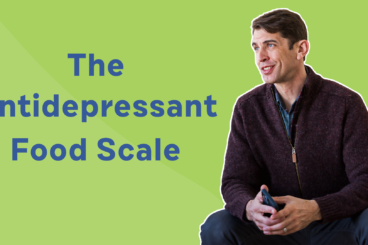Anthocyanins are a group of water-soluble phytochemicals that make roses red and violets blue. All anthocyanins share a common chemical structure (the color varies depending on pH) and you’ll find them in deeply pigmented red, blue, and purple foods. These are great for the brain as they are powerful antioxidants and help reduce inflammation. Scientific studies have tracked them from food into the brain where they also play a role regulating genetic expression and inflammation. More specifically, anthocyanins cause levels of the brain protecting chemical BDNF to increase, improving learning and memory skills while helping warding off depression. They also help promote different types of memory, whether it’s remembering a phone number long enough to jot it down or learning how to navigate a new city. Anthocyanins have even been shown to slow down age-related decline in brain function. These phytochemicals are linked to better heart health and posses anti-cancer activity.
Note that anthocyanins are easily damaged by heat, so cook minimally.
Top Farmacy Sources: Purple Cauliflower, Blackberries, Blueberries, Purple Potatoes, Raspberries, Purple Okra, Eggplant, Dark Chocolate.



